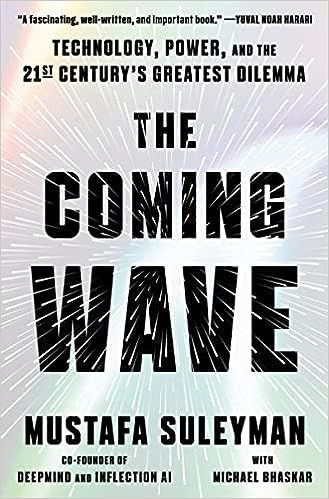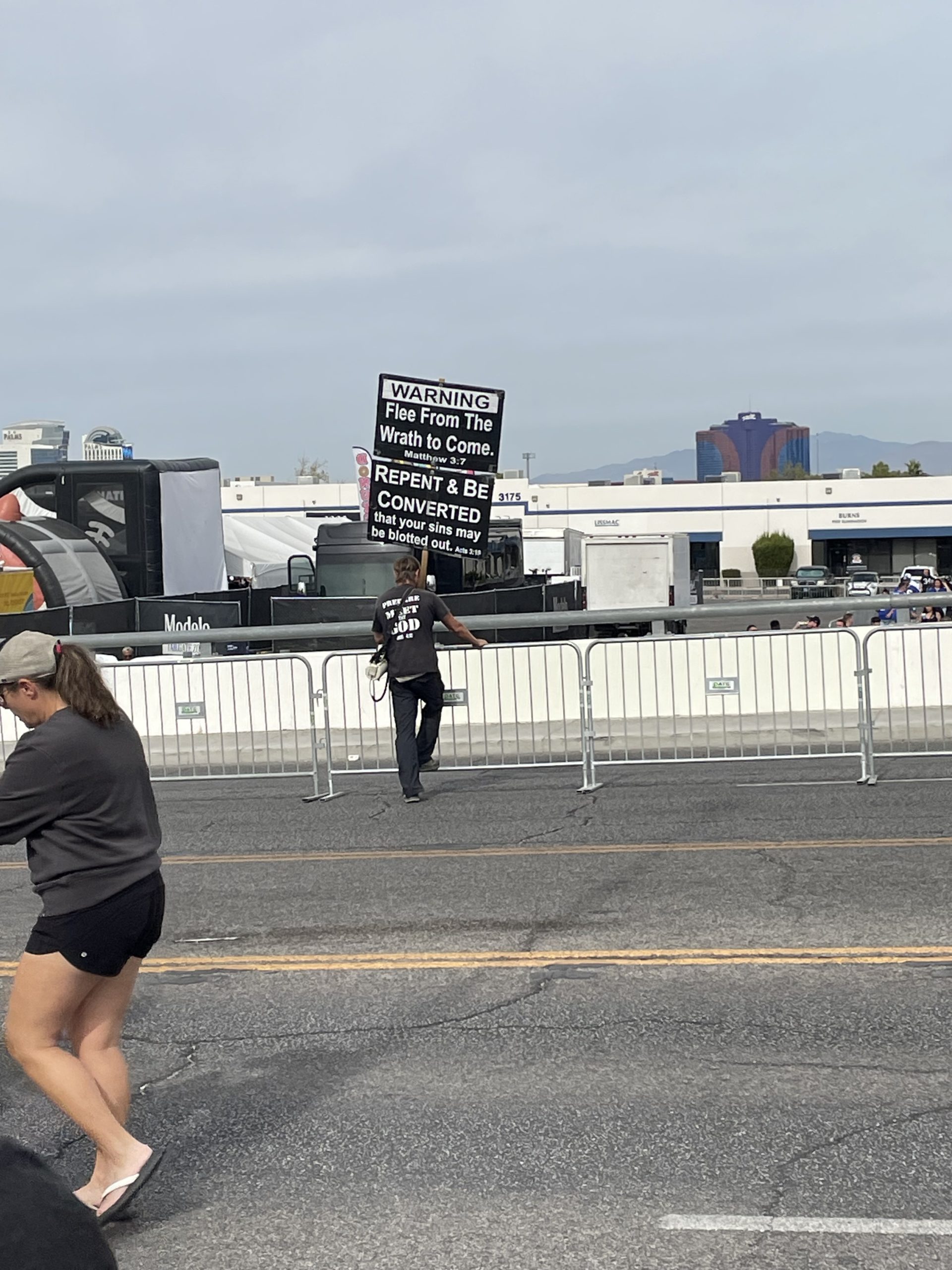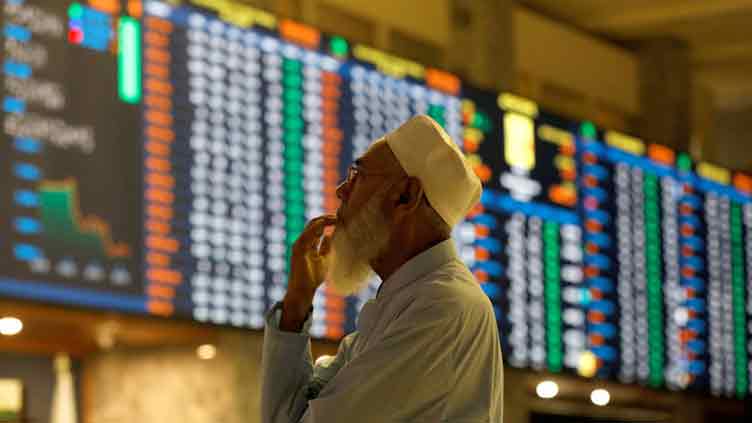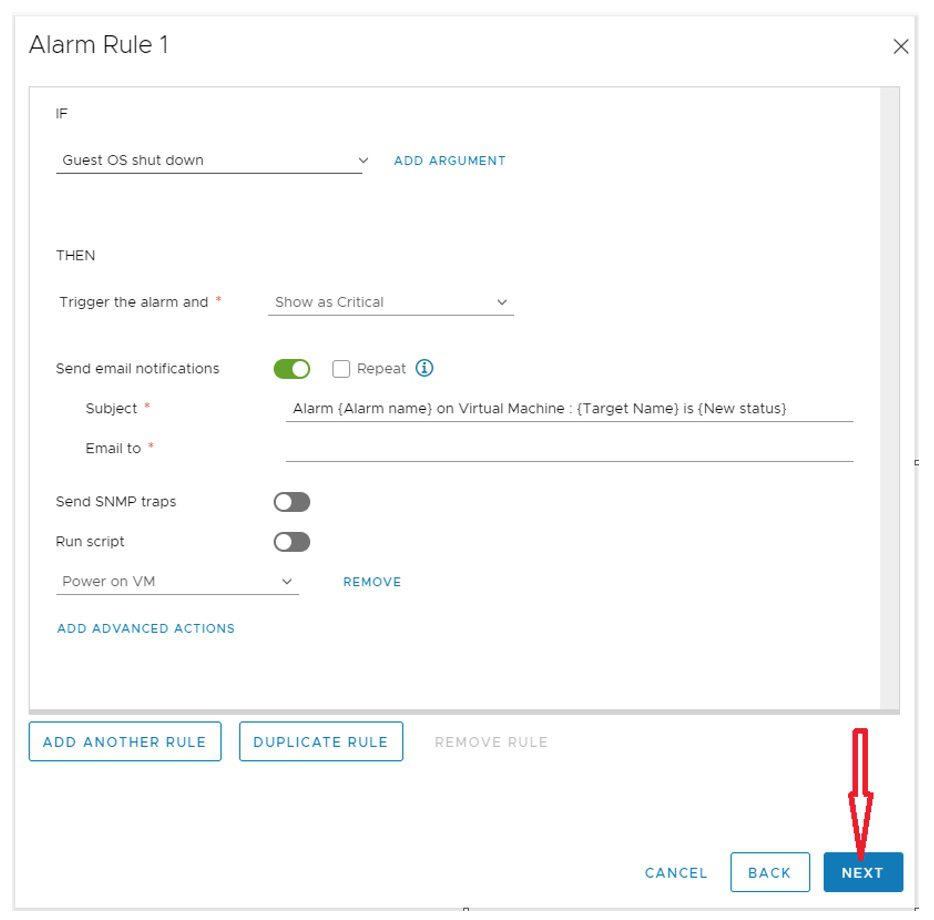The Coming Wave: Retailers Anticipate Tariff-Driven Price Increases

Table of Contents
Increased Import Costs & Supply Chain Disruptions
Rising Costs for Imported Goods: Tariffs directly increase the cost of imported goods, significantly impacting retailers' profit margins. A 10% tariff on imported goods, for example, can translate to a substantial increase in the final retail price, depending on the product's pricing structure and other factors.
- Examples of affected goods: Electronics (smartphones, televisions), clothing and apparel, furniture, toys, and certain food items. Specific tariff rates vary greatly depending on the product and the country of origin.
- Quantifying the impact: A 10% tariff on a product costing $50 to import could add $5 to the cost, often leading to a price increase of more than $5 at retail to maintain profit margins. This increase is ultimately passed on to the consumer, leading to higher prices in stores. The impact is felt most keenly on goods with lower profit margins.
Supply Chain Bottlenecks: The imposition of tariffs often creates supply chain bottlenecks. Retailers face challenges in sourcing alternative suppliers, navigating complex logistical hurdles, and managing increased shipping costs.
- Potential disruptions: Delays in shipments, increased shipping costs due to longer routes or alternative transportation methods, and the time-consuming process of vetting and onboarding new suppliers.
- Impact on inventory levels: Supply chain disruptions can lead to inventory shortages, impacting sales and potentially necessitating price increases to offset lost revenue. The search for alternative, often more expensive, sources exacerbates the problem. This shortage of goods can also drive up prices due to increased demand.
Retailer Strategies for Mitigation
Price Adjustments and Transparency: Retailers are adjusting their pricing strategies to account for increased costs, but this is a delicate balancing act.
- Pricing strategies: Gradual price increases spread over time, selective price increases on specific items heavily affected by tariffs, and adjustments to product offerings.
- Transparent communication: Openly communicating with consumers about the reasons behind price increases is crucial to maintain trust and loyalty. However, this is also a sensitive area and needs to be handled carefully to avoid alienating customers.
Sourcing & Supply Chain Diversification: Retailers are actively exploring alternative sourcing options to reduce their reliance on tariff-affected regions.
- Diversification strategies: Sourcing from countries with favorable trade agreements, investing in domestic production (reshoring), and developing stronger relationships with suppliers in diverse geographic locations.
- Challenges and benefits: While diversification can mitigate risk, it also presents challenges such as higher transportation costs, longer lead times, and the need to establish new supplier relationships. The long-term benefit, however, lies in a more resilient and less vulnerable supply chain.
Marketing & Consumer Communication: Effective communication about price changes is crucial for maintaining consumer trust and minimizing negative impacts on brand image.
- Communication strategies: Clearly explaining the reasons for price increases, highlighting the value proposition of the products, and offering alternative, potentially less expensive options.
- Maintaining consumer trust: Honest and transparent communication builds loyalty. Strategies like loyalty programs and emphasizing product quality can help mitigate the negative impact of price increases.
The Impact on Consumers
Increased Cost of Living: Tariff-driven price increases directly impact consumers' purchasing power. Higher prices for essential goods and services reduce disposable income and can affect their overall standard of living.
- Altered spending habits: Consumers may reduce spending on non-essential items, switch to cheaper alternatives, delay major purchases, and seek out discounts or sales more frequently. The impact is particularly felt by lower-income households.
- Economic implications: Increased costs can lead to decreased consumer confidence, slower economic growth, and potential social unrest. This ripple effect extends throughout the economy.
Shifting Consumer Behavior: Consumers are already adapting to higher prices. This could lead to long-term changes in shopping habits and preferences.
- Observable changes: A preference for value brands, increased use of discount retailers, and a greater focus on price comparisons before making purchases. This can significantly affect certain retail sectors.
- Long-term changes: Consumers may develop a long-term preference for cheaper alternatives, leading to a structural shift in market demand. This requires retailers to adapt their offerings and strategies to meet the changing needs of consumers.
Conclusion
The looming wave of tariff-driven price increases presents significant challenges for retailers and consumers alike. Understanding the impact of these increases and the strategies retailers are employing to mitigate them is crucial for navigating this new economic reality. By proactively adapting to these changes, retailers can lessen the blow and maintain consumer trust. Stay informed about the evolving landscape of tariff-driven price increases and adjust your strategies accordingly. Understanding these complexities is key to surviving and thriving in the changing market. Ignoring the impact of price increases driven by tariffs could have devastating consequences for businesses and consumers alike.

Featured Posts
-
 Significant Oil Spill Leads To Closure Of 62 Miles Of Black Sea Beaches In Russia
May 01, 2025
Significant Oil Spill Leads To Closure Of 62 Miles Of Black Sea Beaches In Russia
May 01, 2025 -
 Lady Raiders Home Game Recap Cincinnati Victory 59 56
May 01, 2025
Lady Raiders Home Game Recap Cincinnati Victory 59 56
May 01, 2025 -
 Review Michael Sheens Debt Crusade Christopher Stevens Perspective
May 01, 2025
Review Michael Sheens Debt Crusade Christopher Stevens Perspective
May 01, 2025 -
 Dragons Den Peter Jones Receives Unexpectedly Harsh Rebuke
May 01, 2025
Dragons Den Peter Jones Receives Unexpectedly Harsh Rebuke
May 01, 2025 -
 Numerique Et Thes Dansants Une Association Gagnante
May 01, 2025
Numerique Et Thes Dansants Une Association Gagnante
May 01, 2025
Latest Posts
-
 Can Cruise Lines Ban You For Complaining Permanent Bans Explained
May 01, 2025
Can Cruise Lines Ban You For Complaining Permanent Bans Explained
May 01, 2025 -
 Broadcoms Proposed V Mware Price Increase A 1050 Jump For At And T
May 01, 2025
Broadcoms Proposed V Mware Price Increase A 1050 Jump For At And T
May 01, 2025 -
 Canadian Dollar Election Uncertainty And Currency Risk
May 01, 2025
Canadian Dollar Election Uncertainty And Currency Risk
May 01, 2025 -
 V Mware Costs To Soar 1050 At And T Sounds The Alarm On Broadcoms Price Hike
May 01, 2025
V Mware Costs To Soar 1050 At And T Sounds The Alarm On Broadcoms Price Hike
May 01, 2025 -
 List Of Cruise Lines Owned By Carnival Corporation And Plc
May 01, 2025
List Of Cruise Lines Owned By Carnival Corporation And Plc
May 01, 2025
